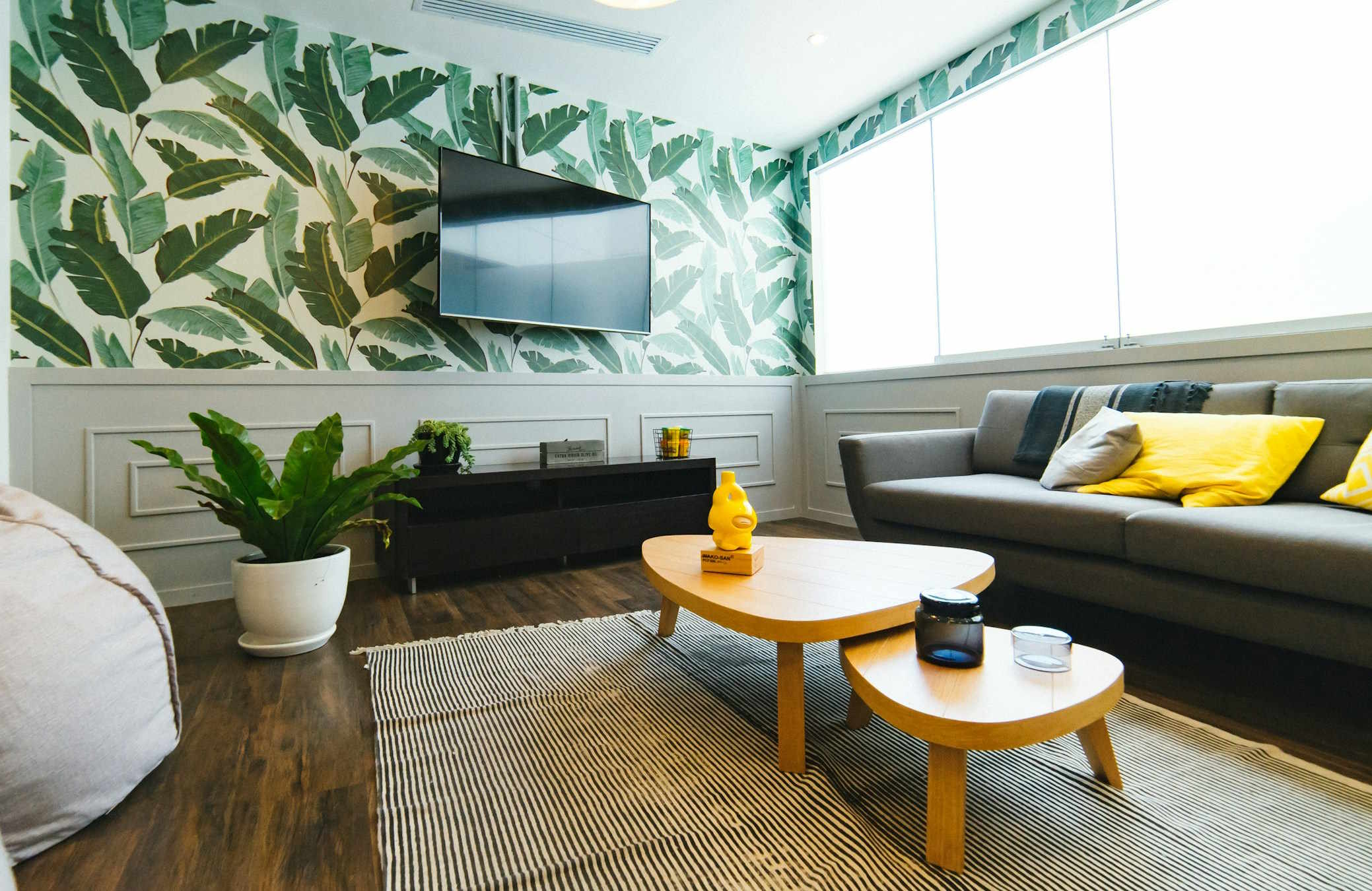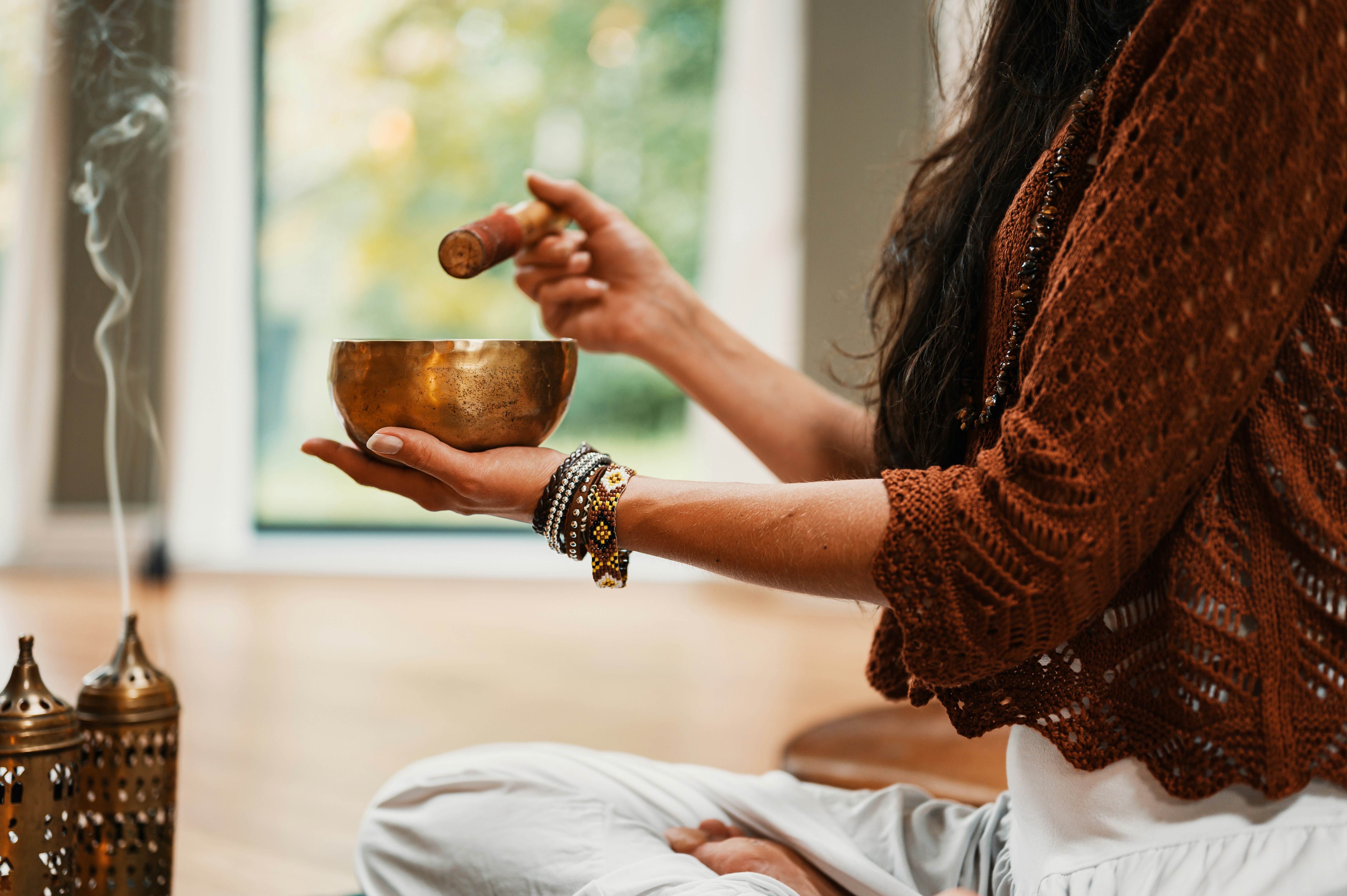Unraveling the Elegance of Transitional Design: A Blend of Old and New
Introduction: Unearth the allure and practicality of Transitional Design—a harmonious fusion of traditional and contemporary elements creating a timeless aesthetic. Let us delve into the origins, key features, and current market trends of this versatile design style that enhances every day living.
The Genesis of Transitional Design
Transitional design, a term coined in the late 20th century, is a bridge between the old and new—a medley of classic traditional elements and the clean, simple lines of contemporary design. Its roots can be traced back to the growing desire for a flexible and comfortable living space, capable of evolving with changing tastes and lifestyles. The style’s versatility and adaptability have contributed to its enduring popularity.
Current Market Trends in Transitional Design
The ongoing appeal of transitional design lies in its ability to balance comfort and luxury. In recent years, designers have been leaning towards a softer, more relaxed interpretation of the style, with a focus on neutral color palettes and plush, inviting furniture. The fusion of clean, modern lines with sturdy, traditional pieces creates a stylish yet practical living space that’s become increasingly sought-after in today’s market.
The Practicality of Transitional Design
With its mix-and-match approach, transitional design is a practical choice for homeowners looking for flexibility and longevity. It allows for the incorporation of heirloom pieces and personal mementos into a modern setting, creating a unique and personal space. Moreover, its neutral color palette and emphasis on texture over pattern make it easy to update with minimal effort.
Enhancing Daily Living with Transitional Design
Transitional design, with its emphasis on comfort and simplicity, enhances everyday living by creating spaces that are both functional and beautiful. The use of plush fabrics and comfortable furniture pieces encourage relaxation, while the clean, uncluttered lines promote a sense of calm and order.
The Future of Transitional Design
As the lines between traditional and contemporary design continue to blur, transitional design is expected to evolve, reflecting the changing tastes and needs of homeowners. The growing trend towards sustainability and eco-consciousness may see the incorporation of more recycled and eco-friendly materials, further enhancing the style’s appeal.
In conclusion, transitional design, with its balanced blend of traditional and contemporary elements, offers a timeless, versatile, and practical solution for home decor. Its ability to evolve with changing trends and lifestyles ensures its continued popularity in the years to come.







